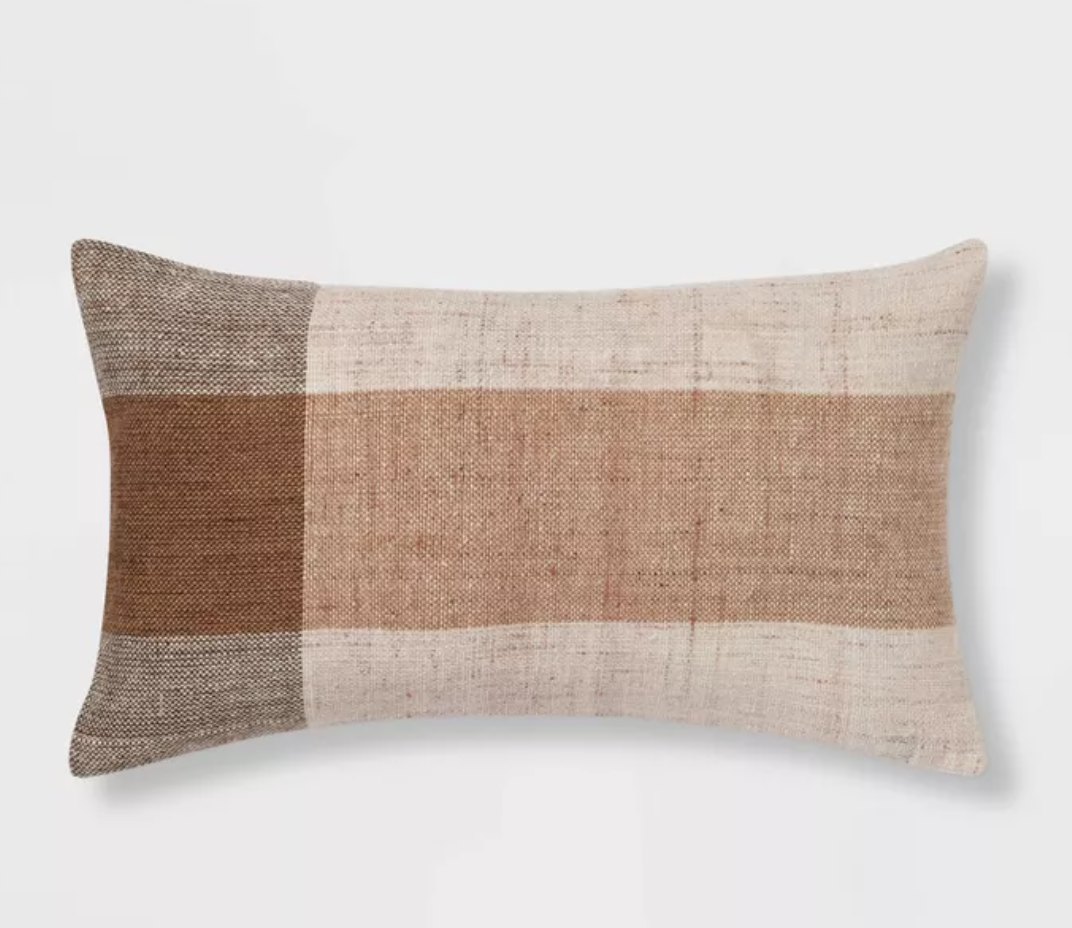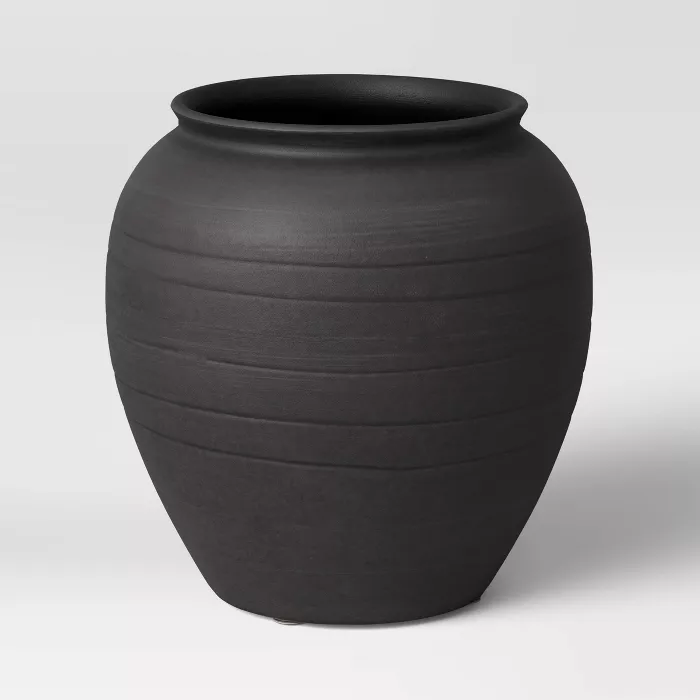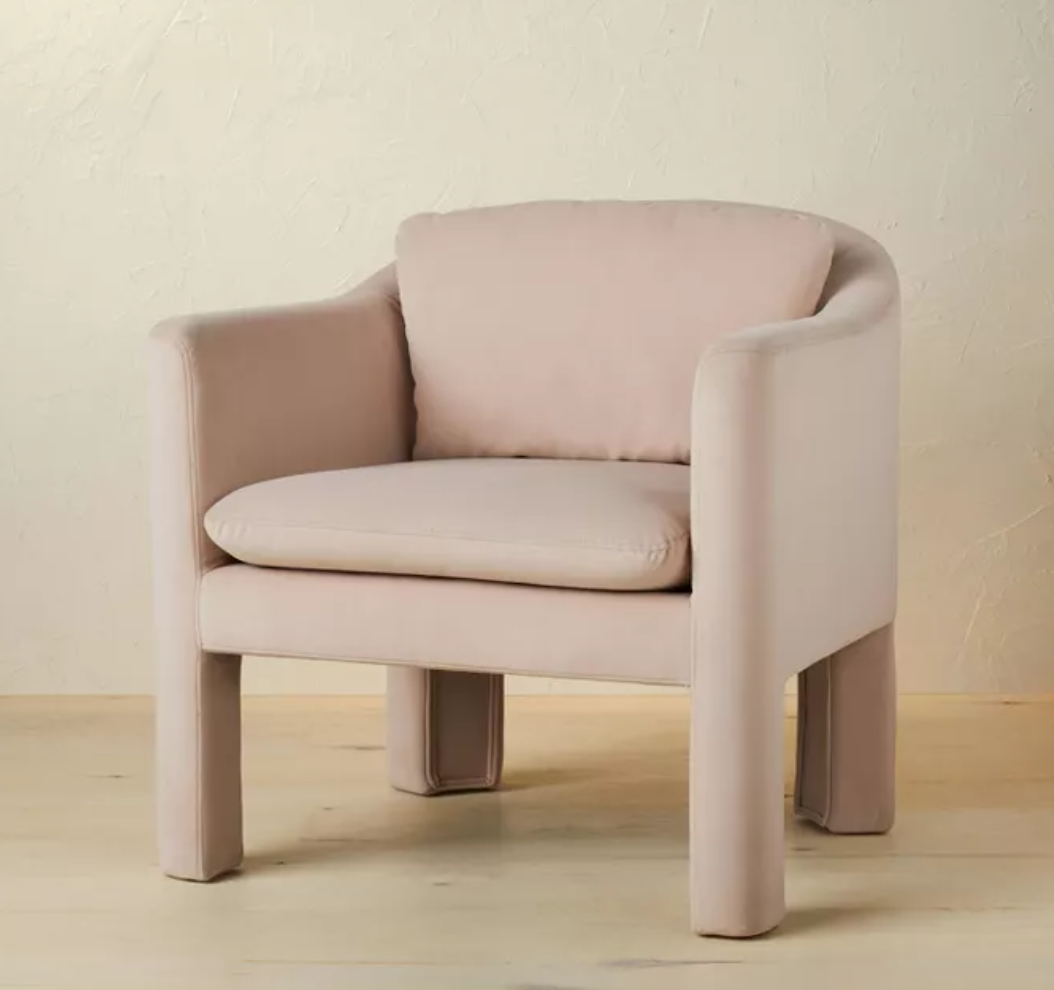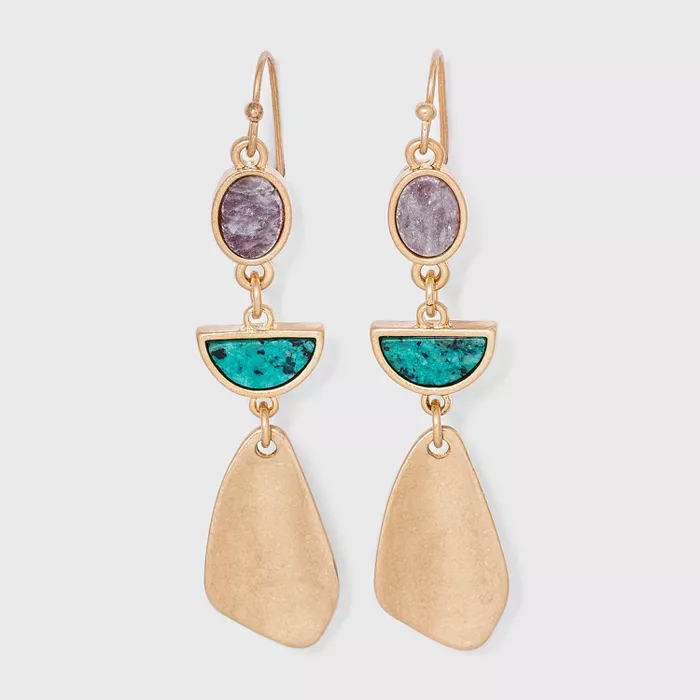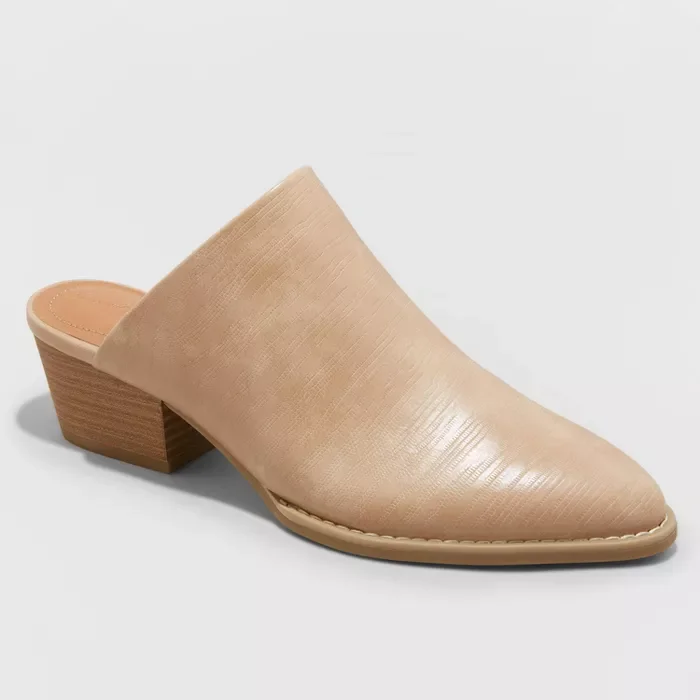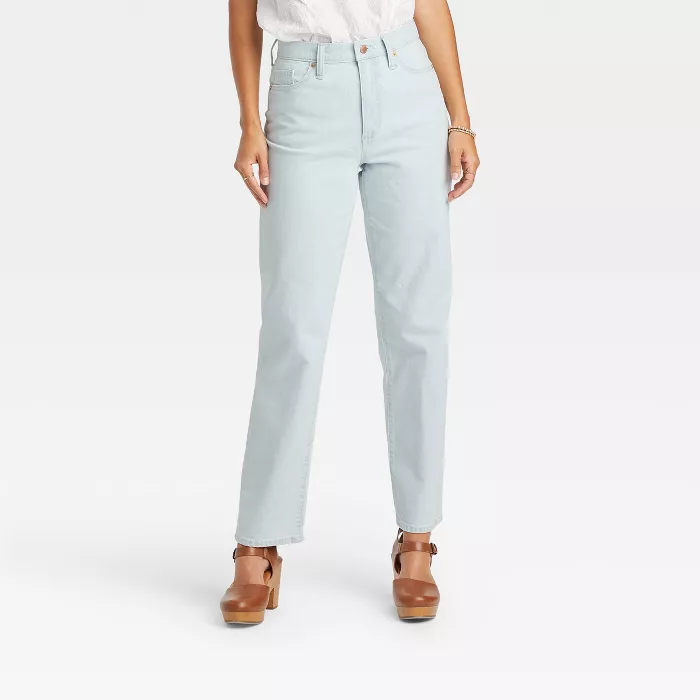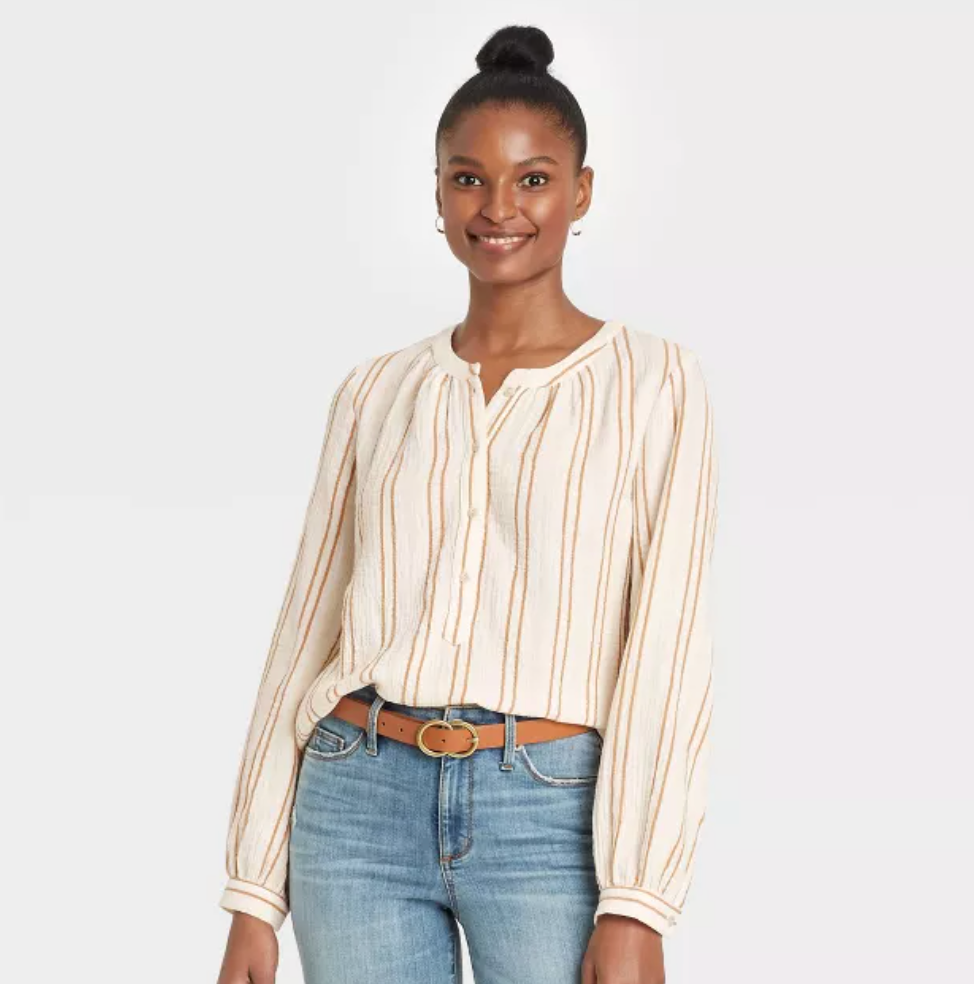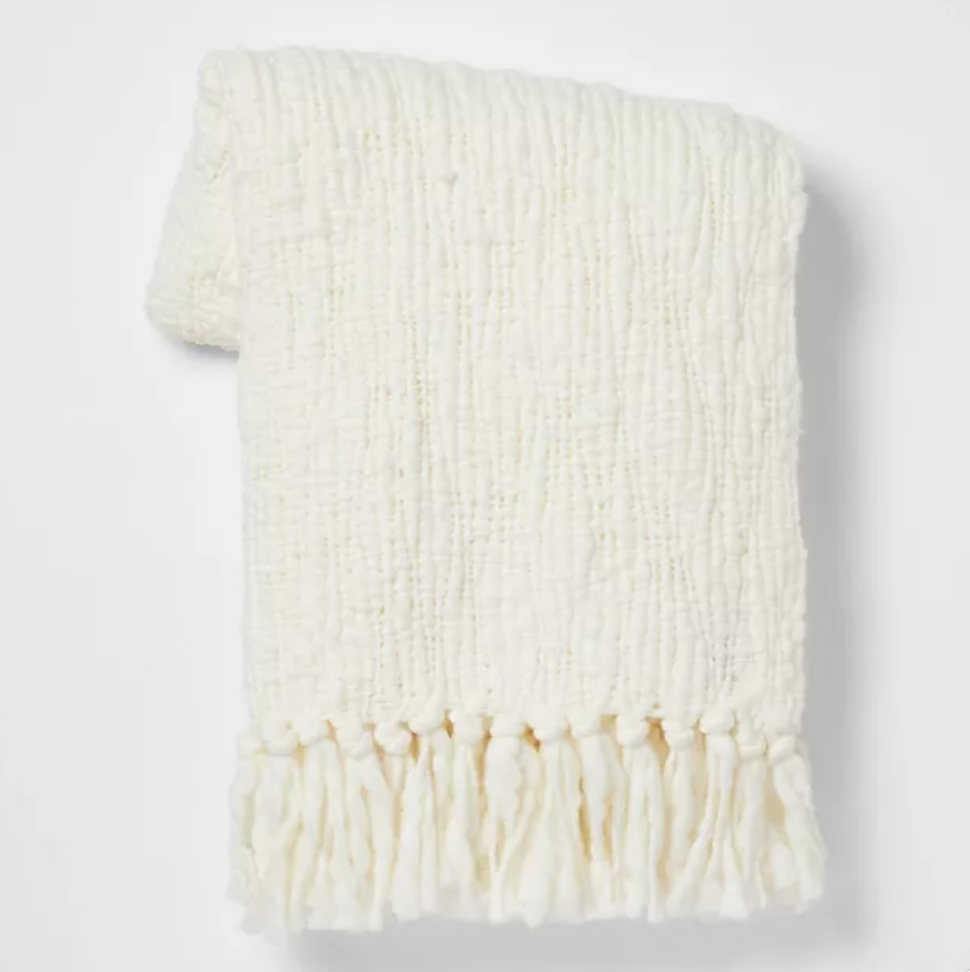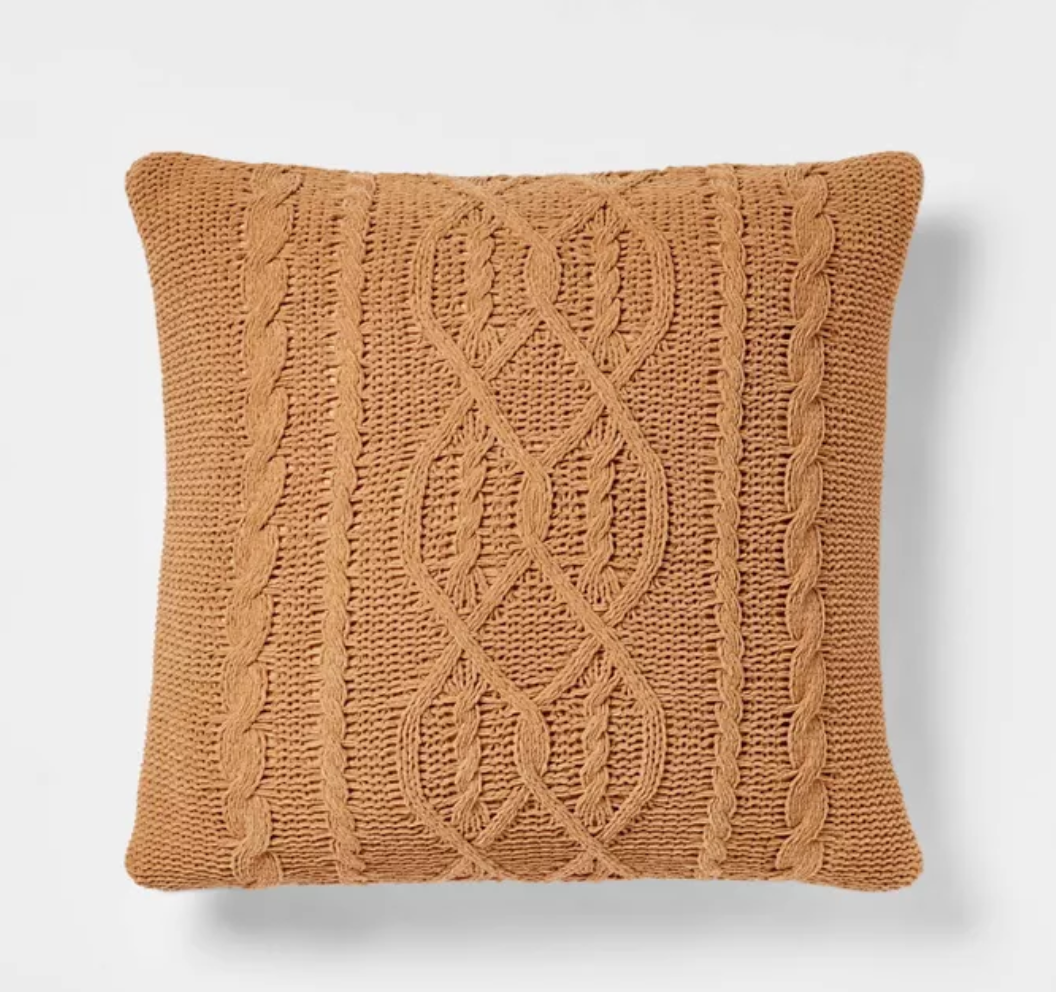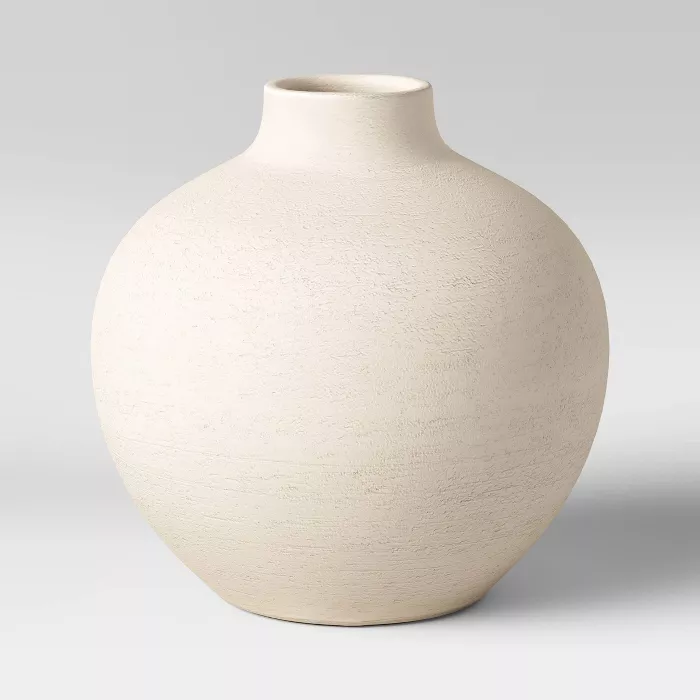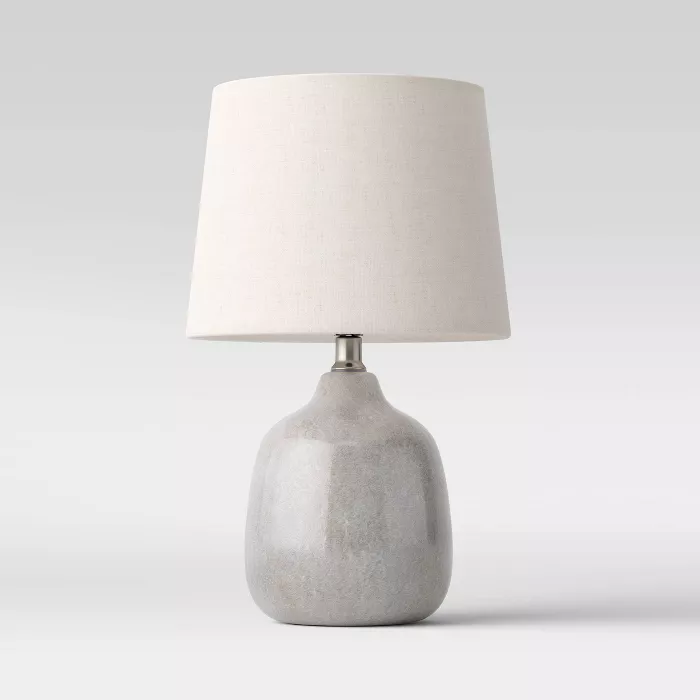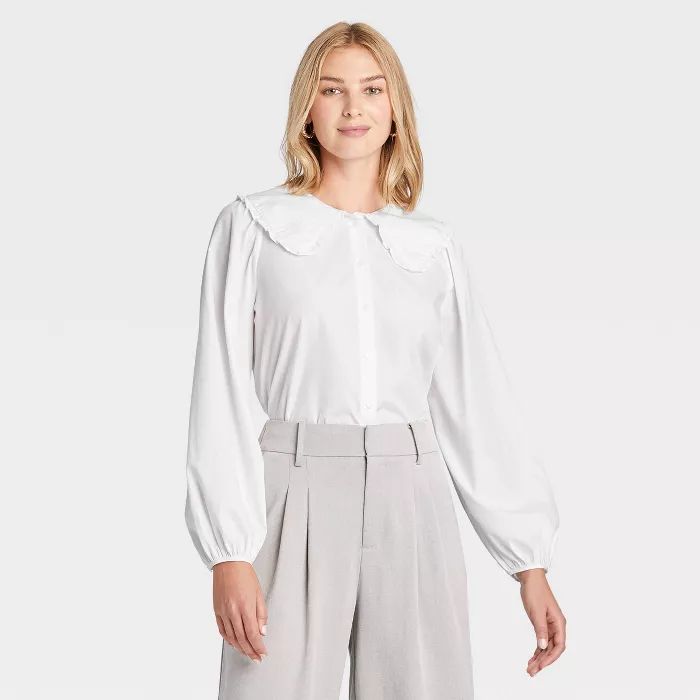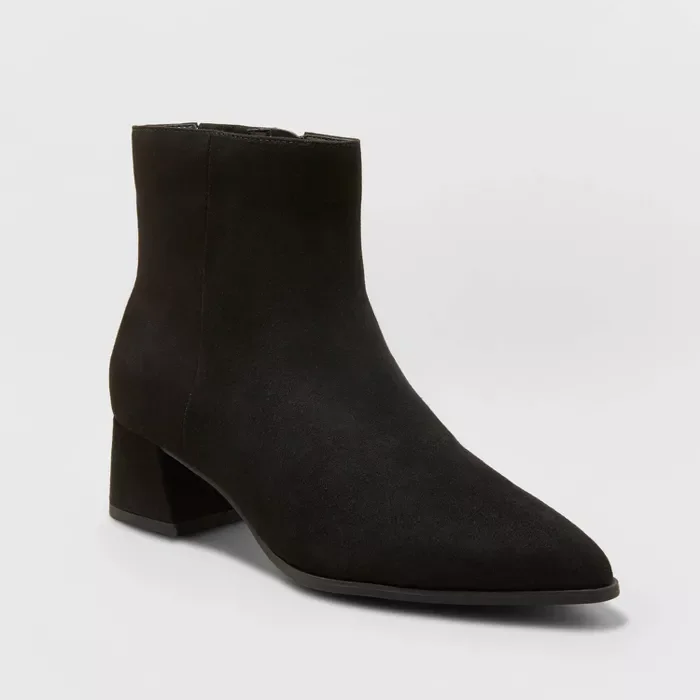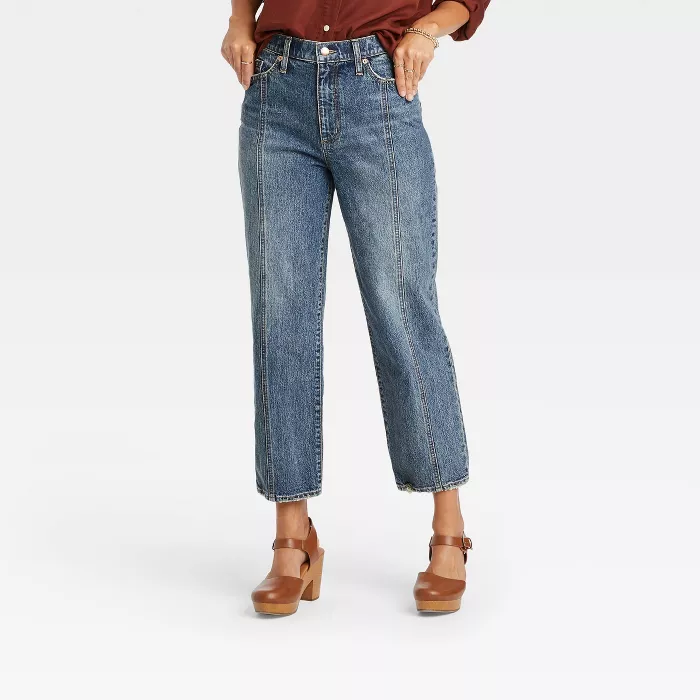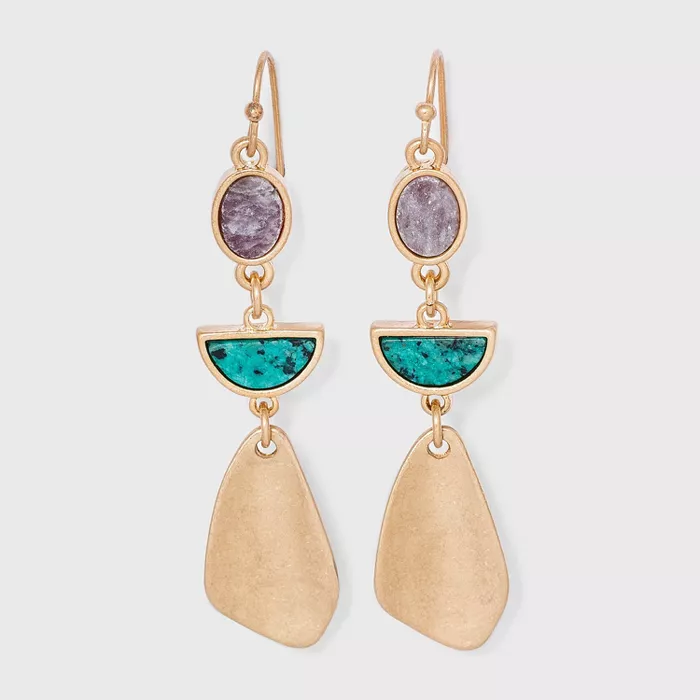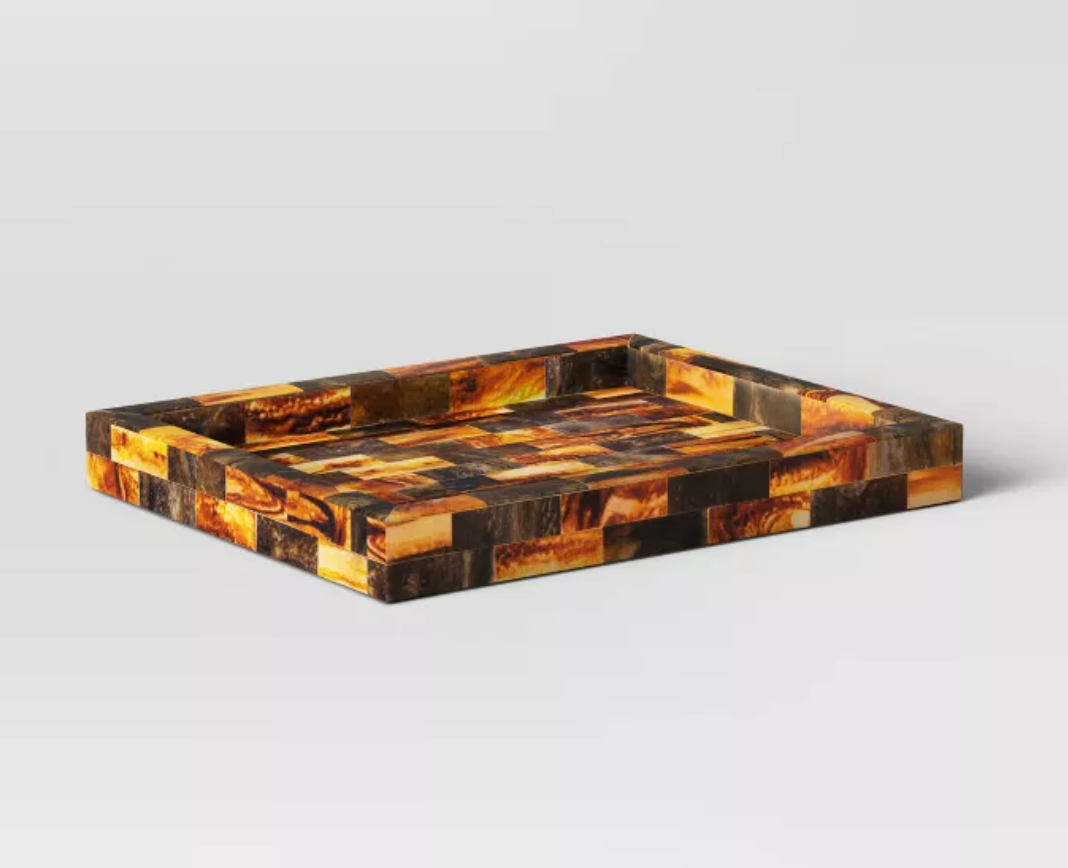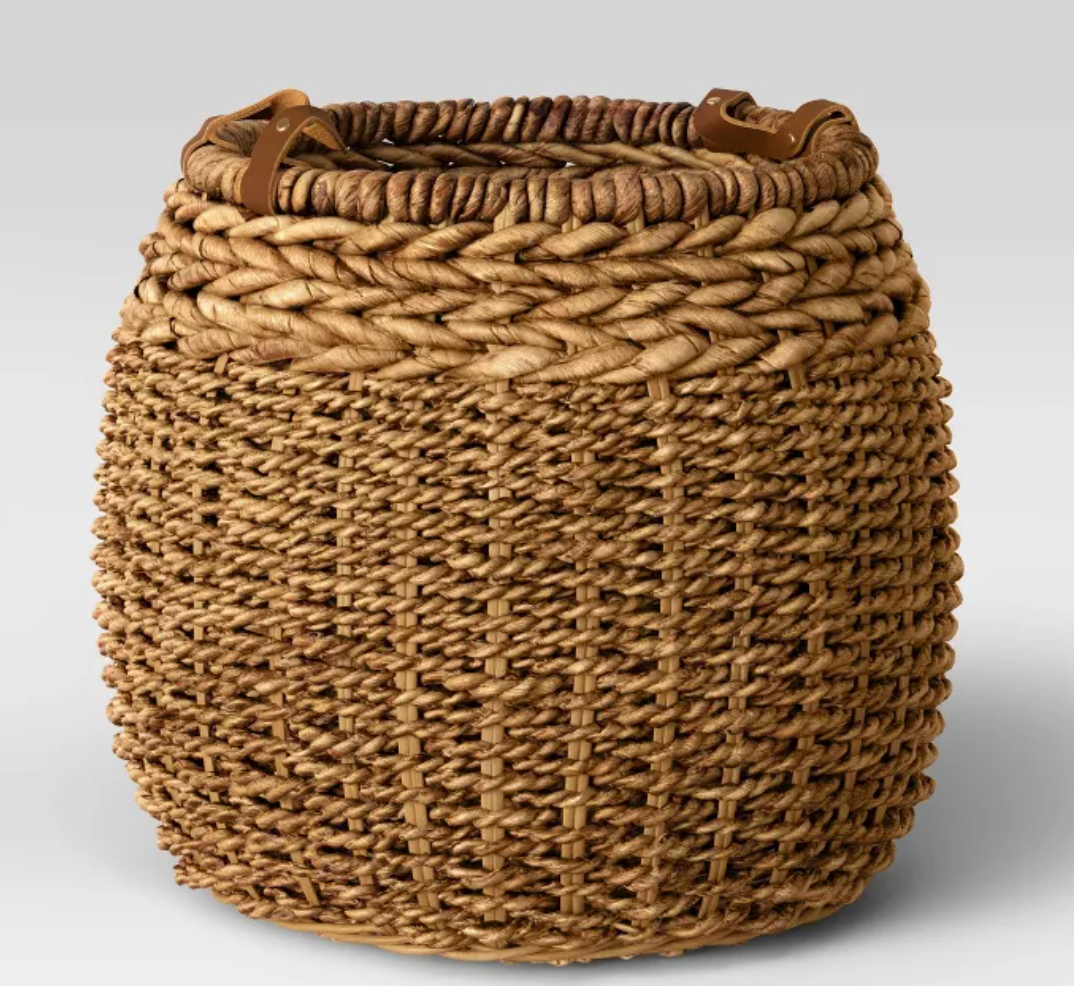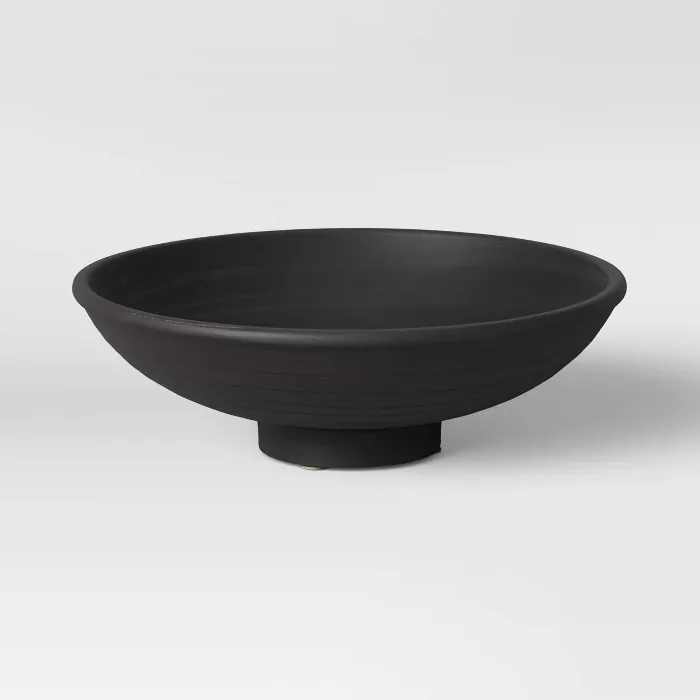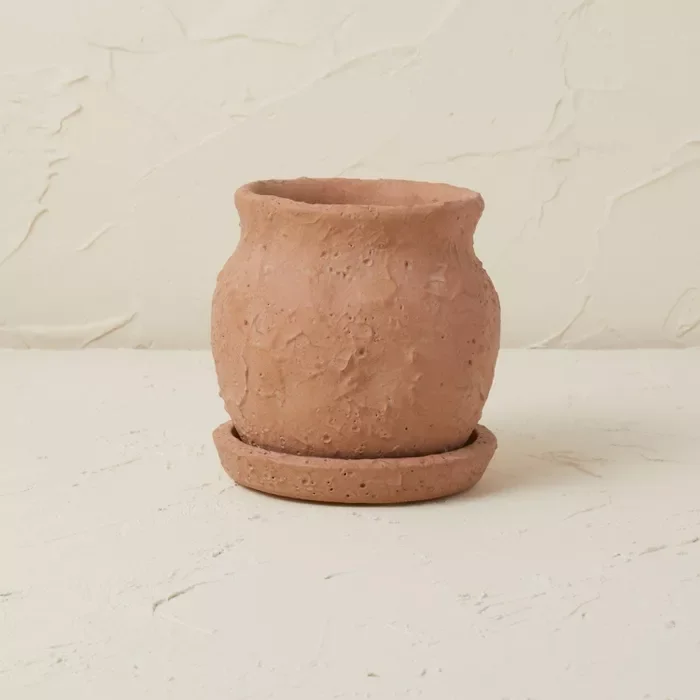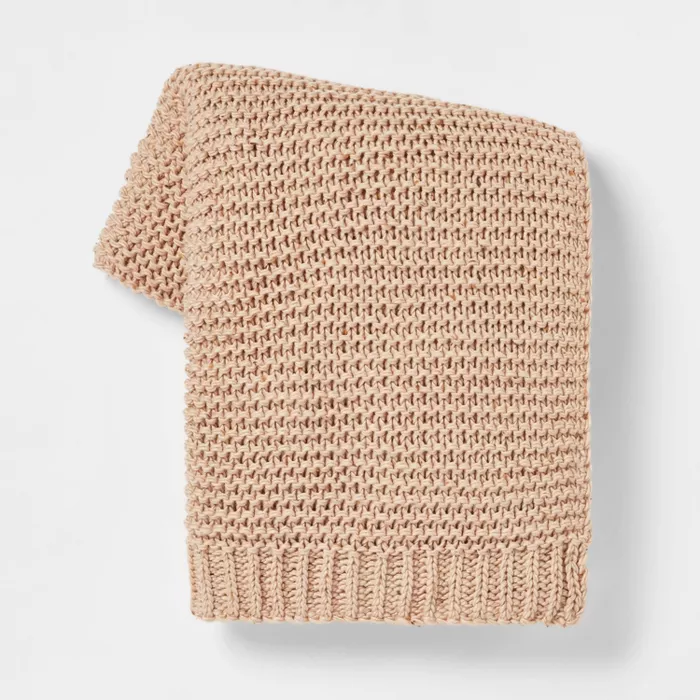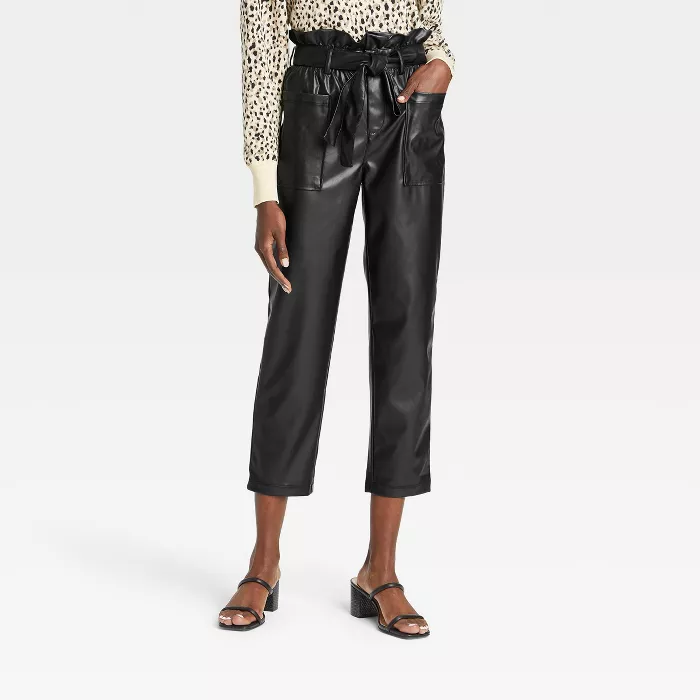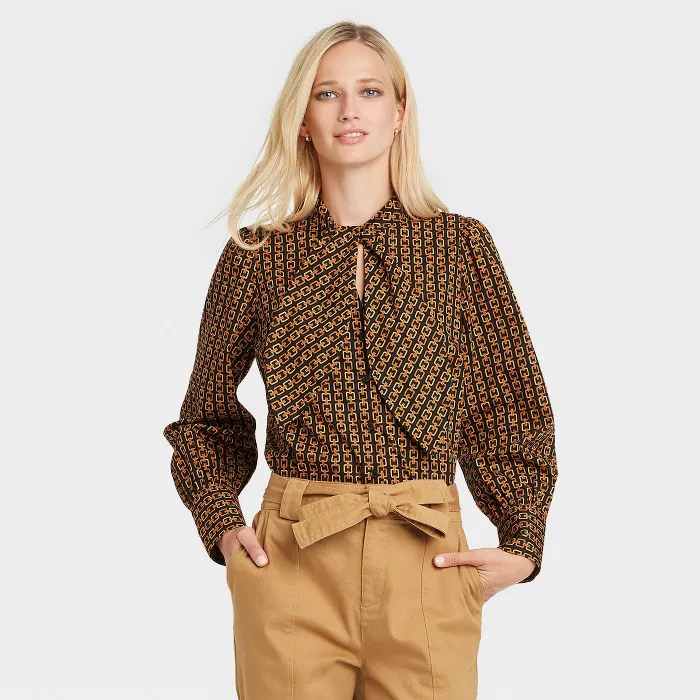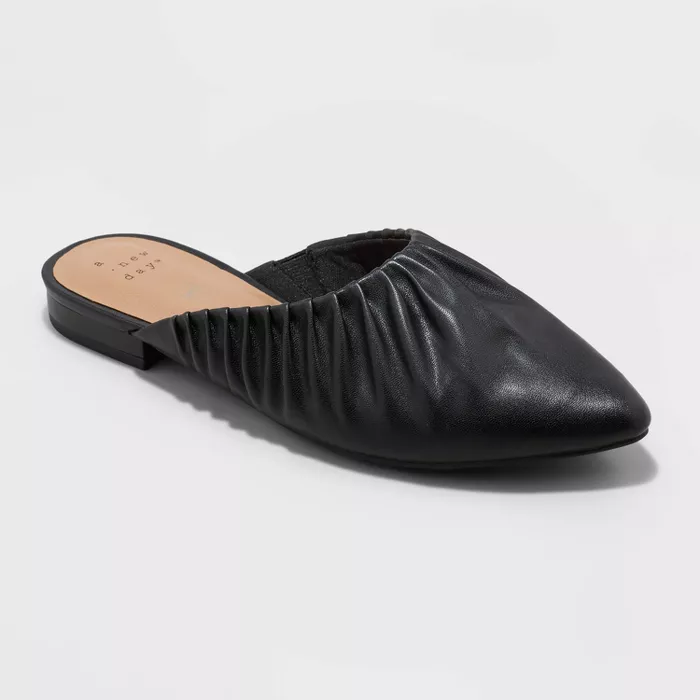“Home is sacred.” It’s an ethos that Victoria Adesanmi, the 30-year-old multidisciplinary designer and founder of Aesthetics Studios, weaves through her interior design work; it’s one that was born from her childhood home, through her mother’s eye for decor and her father’s DIY handiwork in their Nigerian household.
And yet, it was only four years ago that Adesanmi found her calling as an interior designer. After studying industrial design and textile technology at North Carolina State University, Adesanmi launched a career in fashion, working with major brands and cultural juggernauts, putting her mark on coveted drip and doing some change-making along the way. It took one pivotal moment — attending a concert in 2017 and recognizing how impactful the stage design was — that made her realize “her gift,” as she puts it, was less about fashion and more about decor.
AdvertisementADVERTISEMENT
She took a few night classes at UCLA, where she learned the fundamentals of interior design. And now, Adesanmi is committed to building her studio with the sole mission to amplify the Black aesthetic. In partnership with Target, we spoke with the interior designer about how she’s making the home a sacred space for her clients, what she’s doing to pave the way for more Black voices and visions in the home space, and what homeownership means to the Black community.
shop 12 products
Not everyone takes on the responsibility to push the culture forward through their work or uplift their community. What inspired you to take that on and to do it unapologetically?
“Someone made space for me, so I have to pass it down. Before interior design, my professional mentor D’Wayne Edwards took a chance on me because he saw something in me that I didn't see in myself. And for the last six years, he has just always advocated for me. So it’s not an option not to do the same for someone else. There's more than enough space for every one of us. And for me, I want to make sure that I'm creating space for other Black people to have opportunities.”
How are you uplifting your community and pushing the culture forward through your work?
“As a Black woman, especially within the interior design space, I'm challenging and redefining the current perspective. When you look at [mainstream decor magazines], of course, they're dope, but it's mostly detailing what design is from a white perspective. But how can I make Black people feel safe and secure in the spaces that they own? Because we define luxury and comfortability very differently.”
AdvertisementADVERTISEMENT
shop 10 products
Why is it important for Black people to have a home (or living space) that reflects themselves authentically?
“We can’t control what’s happening around us, but we can control our own space, and that has always been revolutionary. Whether that's decorating with Black artwork, shopping Black businesses, or hanging personal family pictures, whatever makes you feel safe in your own home should be incorporated. I understand that creating a home that's reflective of you is also a privilege because not everyone has the means to do that. But if you do, why not feel comfortable in your own space? When you think about the history and culture of architecture, specific homes and even spaces within certain homes weren’t made for us. We know where terms like “master bedroom” derive from, so Black people ultimately making their living space reflective of their most authentic selves creates that haven.”
To that point, why is ownership necessary in the Black community?
“Ownership is our voice, our opinion. It's taking control of our narrative. Unfortunately, many things are being appropriated [from the Black community], and people are profiting from that, so if you know that you're capable of owning your ideas and creativity, why not do that?”
What does homeownership mean to you? Is this something you're hoping to achieve in the future?
“I would love to own a home. I remember my childhood home, and my parents were able to buy it, build it from the ground up, own it, and even sell it. We know the history of America and the barriers for Black people to buy property and land, so owning something and doing what you want to do within your own home and passing it on to your children or your children's children, that sets you up for the future. That’s building generational wealth. I hope to not only have one property but multiple properties. My goal is to have a house in L.A., a place in Malibu, and my own land in Joshua Tree to build a house, then Airbnb it and make that money back. These are ways to create income streams, have ownership, and push our culture and our communities forward.”
AdvertisementADVERTISEMENT
How does working with the cultural icons and brands continue to shape how you work and be who you are?
“To see cultural icons move across different disciplines showed me that I could be a multidisciplinary designer. I struggled with my artistry and imposter syndrome at the beginning of my career, but when I work with talent who are doing it, I know that anything is possible for me. There are so many things that I can do, and there’s absolutely no limit, and I want to make sure that I carry that within my design; that I'm doing unconventional things and against the norm. It's been rewarding to partner with huge brands and have that internal POV because it has given me a holistic perspective of how I want to pursue my work and build my studio. Many people get caught up in who they're working for and what they're doing, but I just want to do outstanding work.”
shop 8 products
How can the home and design industries grow with more Black voices and visions?
“Black people are already so diverse, and it's important to highlight and showcase that we don't all have the same perspective. We don't all have the same design aesthetic.”
How are you hoping to inspire the next generation and change the landscape of interior design?
“I hope to inspire them to take risks and have the courage to try new things — even if that means possibly failing, as it’s all part of the process. There’s something beautiful about learning in real time that makes you resilient and adaptable. Through Aesthetics Studios, I hope to one day create a learning-by-doing curriculum for Black talent where the next generation can have access and visibility to the various careers within the design industry. I’d love to change the landscape of interior design by defying all the rules. I never wanted to silo myself into a specific design aesthetic, but rather design from my unique perspective and experiences. By using interior design as a medium to tell stories, I’m excited for the many untold stories that I get to tell by living out my passion.”
AdvertisementADVERTISEMENT










